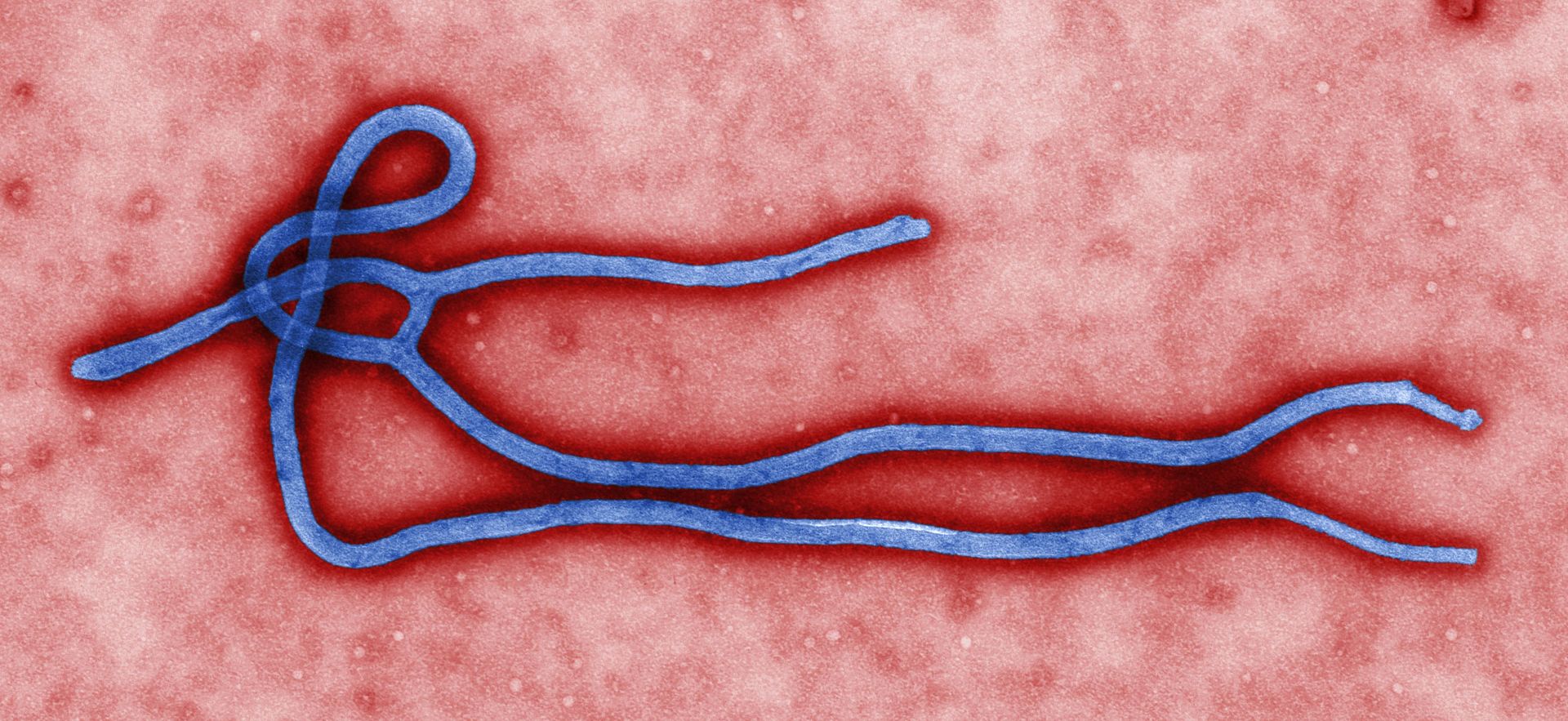Vaccine Update - plasmapheresis time!
Long time no update! A few days ago, I was informed by the study team that I had either the highest or second highest (they wouldn't specify) immune response to the experimental Ebola vaccine. As such, they are interested in harvesting the antibodies that my body has generated for use in a potential transfusion to a patient suffering from an Ebola attack. I'm glad my white blood cells are such active little guys! Side note: the data this decision was made on was based on an analysis of my blood conducted in December. The analysis takes a while, so rather than wait to see what my blood has looked like over the past few months the team decided to go ahead and retrieve my plasma now. Using premade antibodies provides an Ebola patient with an extra leg up on the disease. Antibodies are used by the body to discern which things in the body aren't supposed to be there (antigens), so having antibodies against Ebola allows an Ebola patient's immune system to recognize the virus faster and mount a defense of its own. This is how ZMapp worked, which was a monoclonal antibody produced in a tobacco plant that was given to a few of the earliest health workers returning from Africa with Ebola.
To get this process started, I underwent what is known as a plasmapheresis. This is when the staff at the clinical center harvests my plasma, which is the "liquid" part of the blood and is the part that contains all of the antibodies that I have against Ebola. About 55% of your blood is made up plasma. This plasma is then split into different parts and frozen, ready for use should the need arise. A small portion will also be used for further research.
You may have friends who have had this procedure done before - it's not that uncommon! In essence, my blood is removed , spun in a centrifuge, the plasma is removed and the remaining components of the blood are returned to me. The apparatus looks something like this:

Figure 1: The plasmapheresis process. Note that my red blood cells, white blood cells, and platelets are returned to me with the addition of some saline to make up for fluid loss.
And my procedure looked something like this:
All in all, it was a very pleasant experience! The only side effects that people tend to experience is a feeling of faintness, similar to what you would feel during a typical blood donation. The machine also circulates an anticoagulant through the blood, which ensures that the blood doesn't gunk up the system. The anticoagulant can cause tingling in the lips and fingers, but I didn't have any of that. The bed I was in had a memory foam mattress and I was given copious snacks upon the completion of the collection. I'll start with giving three times - the protocol itself allows for up to 20 collections. Hopefully my nurses aren't tired of me by then!





